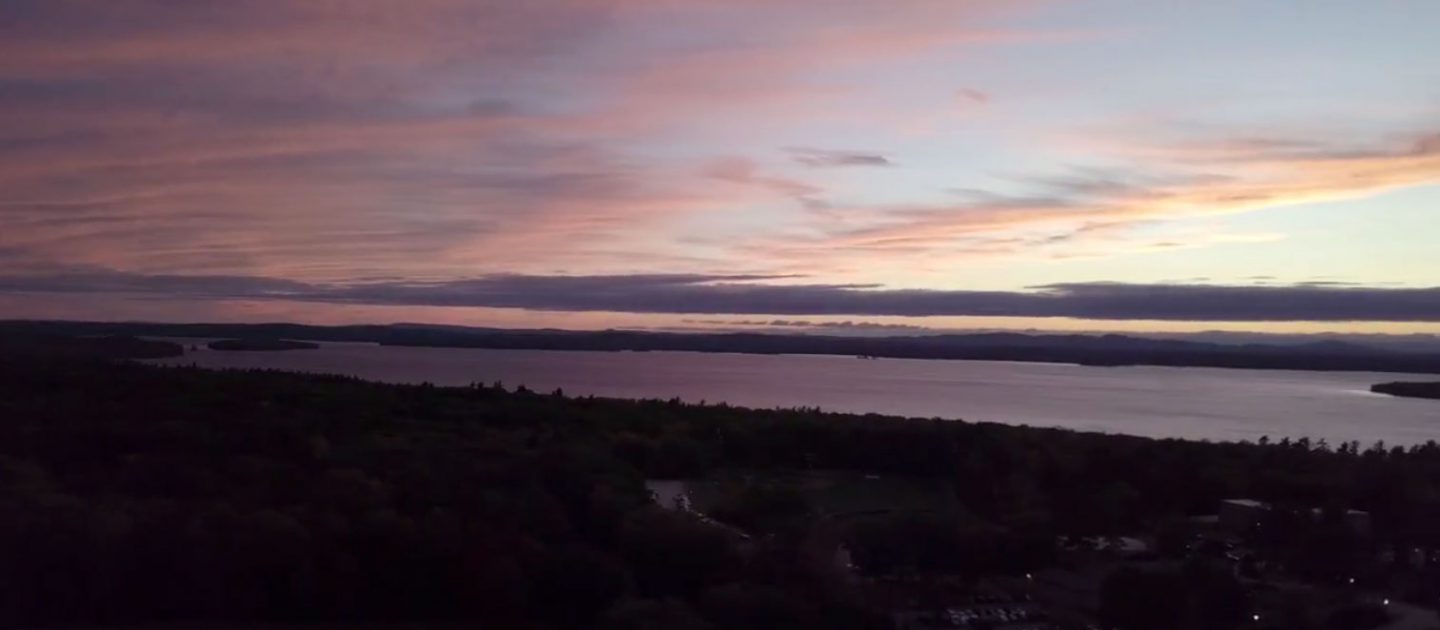The real estate agent took the Sisters to see the small stone chapel. The rest is history.
For the Aztecs, it was the prophecy of an eagle, perched on a prickly pear cactus and devouring a snake. For Brigham Young and the Latter Day Saints, it was a dream about a barren valley skirted with timber. For two Sisters of Mercy, it was two stained glass windows whose names mirrored their own.
Mexico City. Salt Lake City. The Saint Joseph’s College campus on Sebago Lake. All three locations are thought to have their location influenced by divine inspiration.
As the local expert on College history, Sister Mary George makes sure her audience knows that Saint Joseph’s College, like many institutions, has varied its name over time. Originally established in Portland in 1912 as St. Joseph’s College & Academy–and known for a few years as College of Our Lady of Mercy–the College has remained “Saint Joseph’s” since 1956.
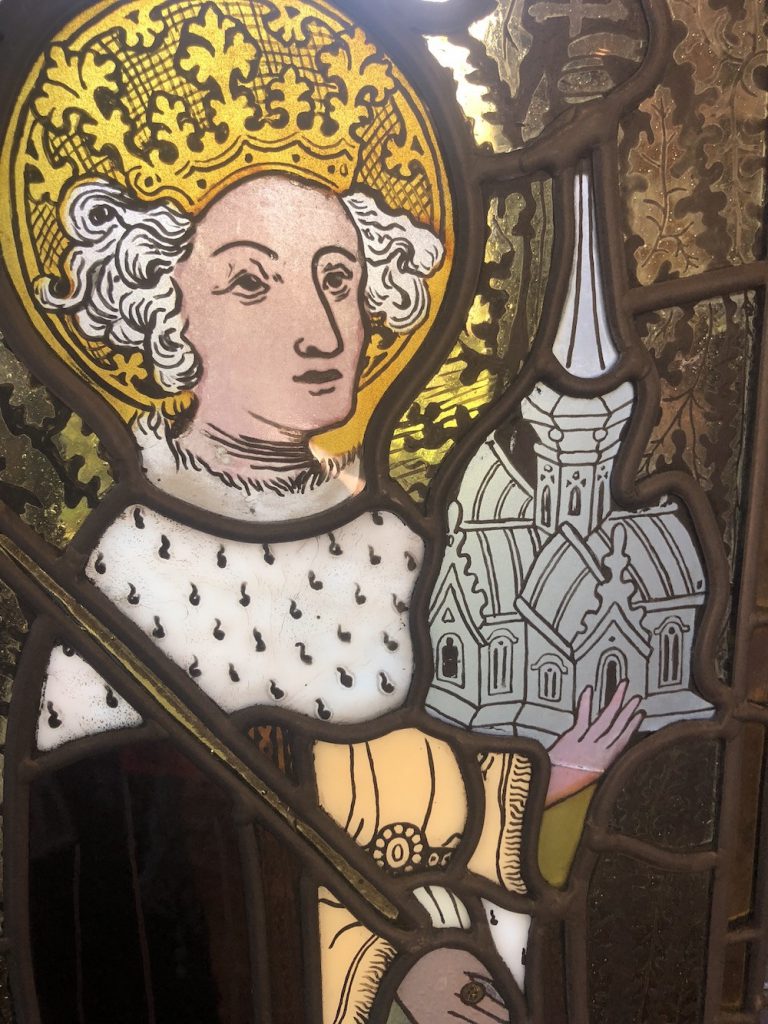

When College Archivist Sister Mary George O’Toole tells the story of how Saint Joseph’s College moved from its original home in Portland, Maine to the shore of Sebago Lake, the audience settles into their seats to enjoy a raconteur at work.
Sister Mary George sets the stage for her listeners, “In the mid 1950s, the college faced a challenge: it was squeezed into a small building on the grounds of the Sisters of Mercy Motherhouse, a location known for its striking, gold-domed brick building on Stevens Avenue in Portland. Looking far afield for ample real estate, Monsignor George Johnson suggested that he and two Sisters of Mercy–Mother Mary Evangelist and Mother Mary Edwina–travel to Standish to evaluate the gentleman’s estate of Harry M. Verrill as a potential site for relocation.”

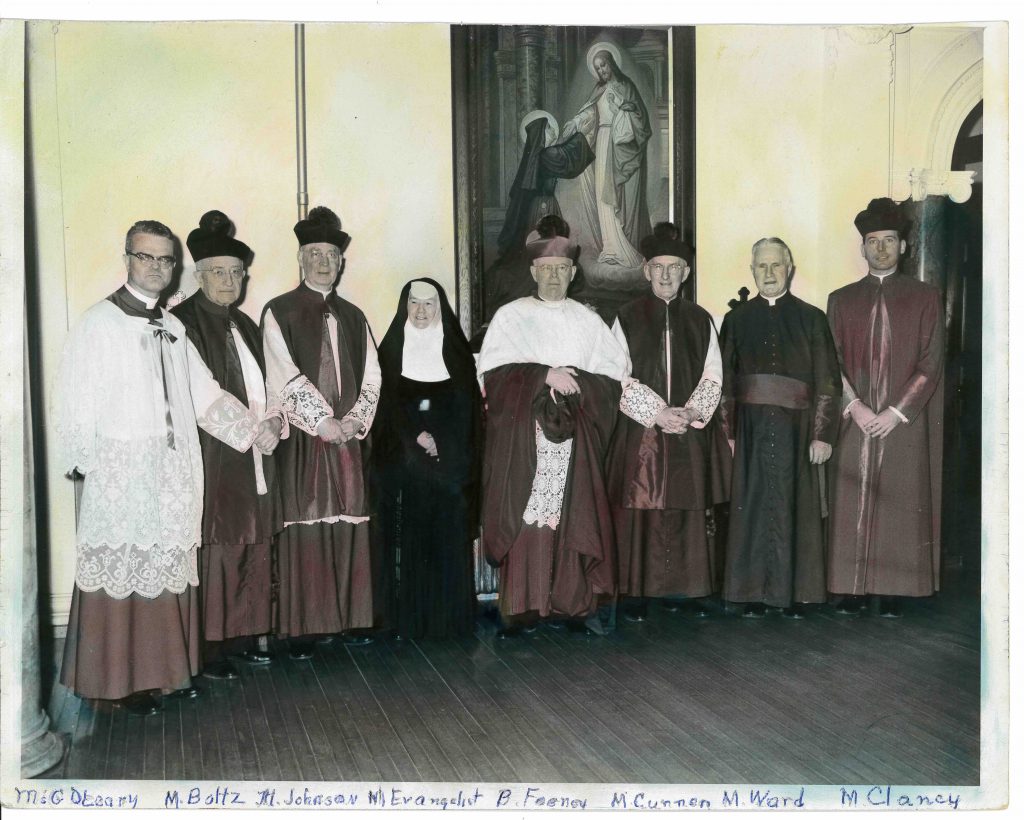
Sister Mary George then lists off what the scouting trio would have discovered: two buildings–a manor home (now Xavier Hall) and a stone cottage (now St. George Hall)–the pond, orchards, and the lake. A lovely estate overall.
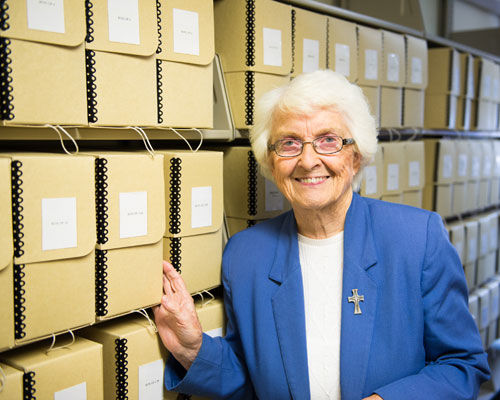
Sister Mary George continues. “After seeing all of this, it was time to go home. They certainly didn’t acknowledge that they were interested in purchasing this estate in the first place. It didn’t seem right. And then, the real estate agent asked, ‘Would you like to see Mrs. Verrill’s chapel?’ No nun in her right mind is going to say, ‘No, we don’t want to see the chapel, we have to get home. It’s almost time for supper and prayers.’ Being good sisters they said, ‘of course.’ And the real estate agent took them to the small stone chapel tucked on the hillside sloping toward the lake.”
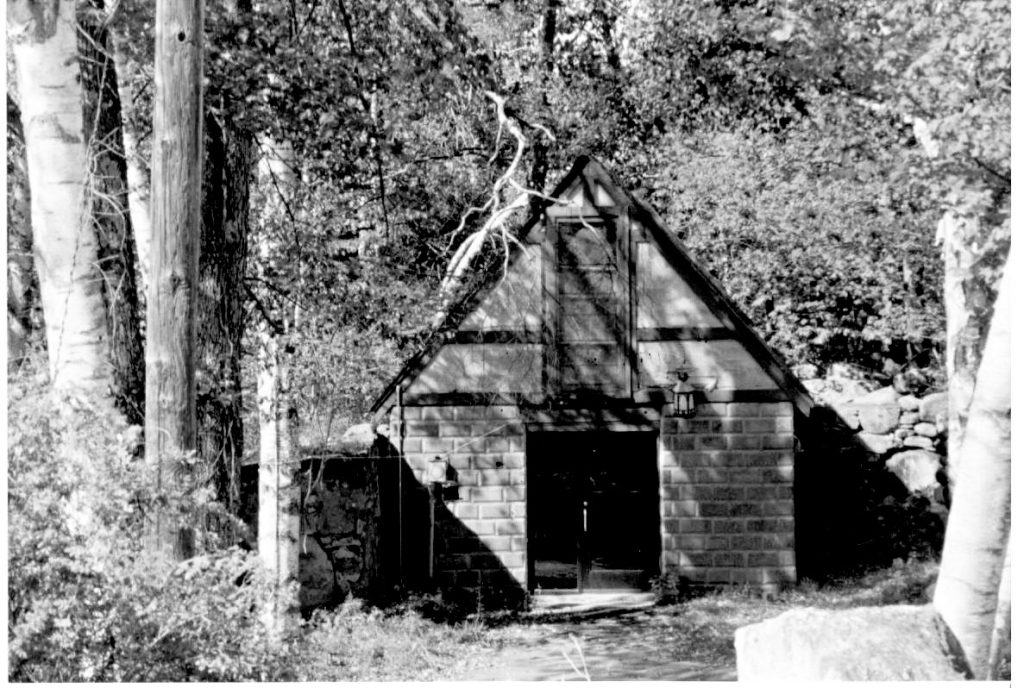
“Sister Mary Evangelist and Sister Mary Edwina go through the front door of the chapel and, lo and behold, Mrs. Verrill’s chapel has two stained glass windows. Usually churches and chapels have stained glass windows which depict scenes of figures important to the development of the church. They were used as teaching instruments in order to help people because literacy was not at a high rate in centuries past. The Catholic Church observes hundreds and hundreds of saints. ”
Sister Mary George looks upward and encourages her audience to imagine the stained glass windows that the Sisters encountered in Mrs. Verrill’s chapel. “The Sisters enter the chapel, look up, and the one over the front door is Saint John the Evangelist. The one over the back of the chapel is Saint Edward the Confessor. So we have Sister Mary Evangelist and Saint John the Evangelist. And we have Sister Mary Edwina (a form of Edward) looking up at Saint Edward the Confessor.” Sister Mary George pauses for effect and raises her eyebrows.
“Since 1953, all of the Sisters in Maine had been praying that decision makers would figure out what to do–stay in Portland or move elsewhere? Answer to prayer? God’s providential care for us and our college that the sisters were sponsoring? No question.”
Whether divine intervention was involved, or not, Saint Joseph’s College found its new home on the shore of Sebago Lake in October of 1956.
Sebago Lake: Home Over the Centuries
Before the Sisters of Mercy moved Saint Joseph’s College to Standish in 1956, the shore of Sebago Lake served for millenia as a desirable place for families to eke out a living. Who has lived here over time?

ca. 5000 B.C.Graphic of Wabanaki stone point represents the dozens of archeological sites that document indigenous life across millennia and around the lake (none discovered on SJC property) 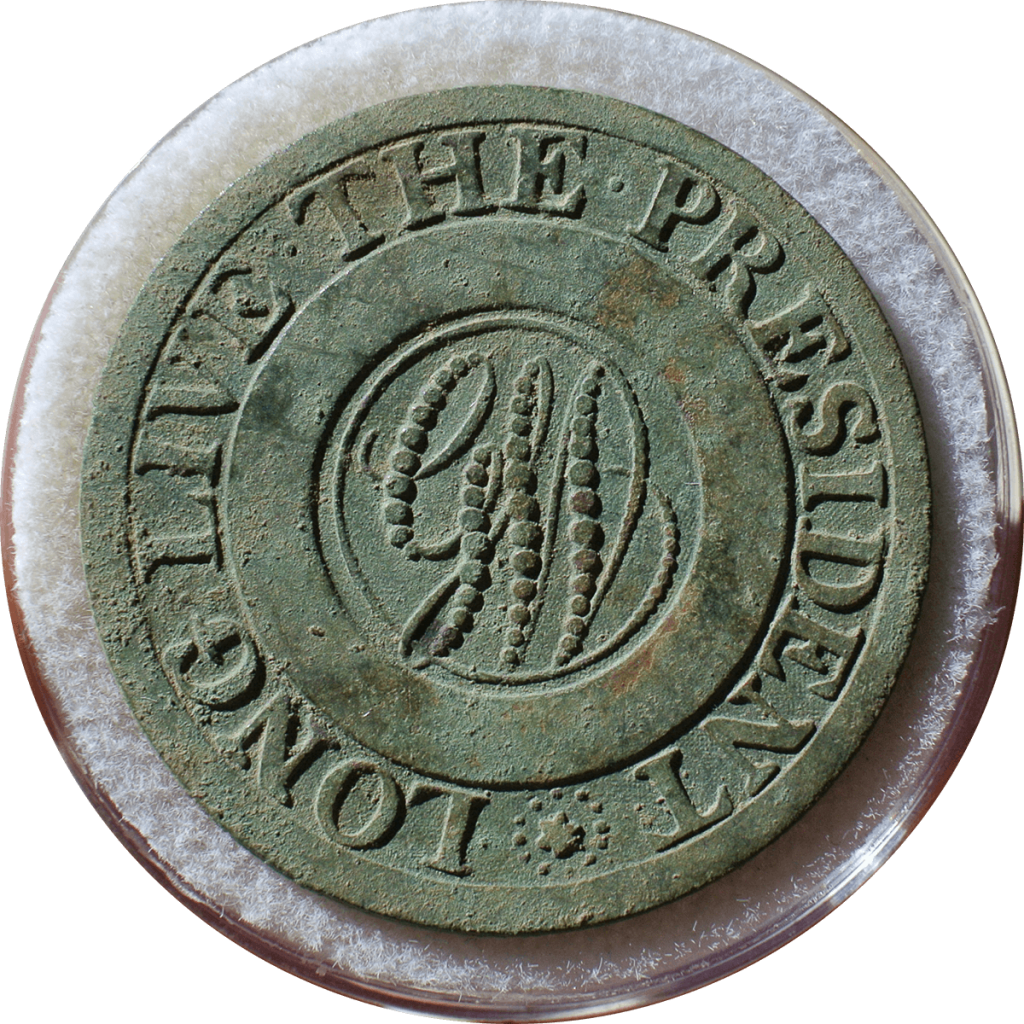
1789
George Washington
Inaugural button in
stamped brass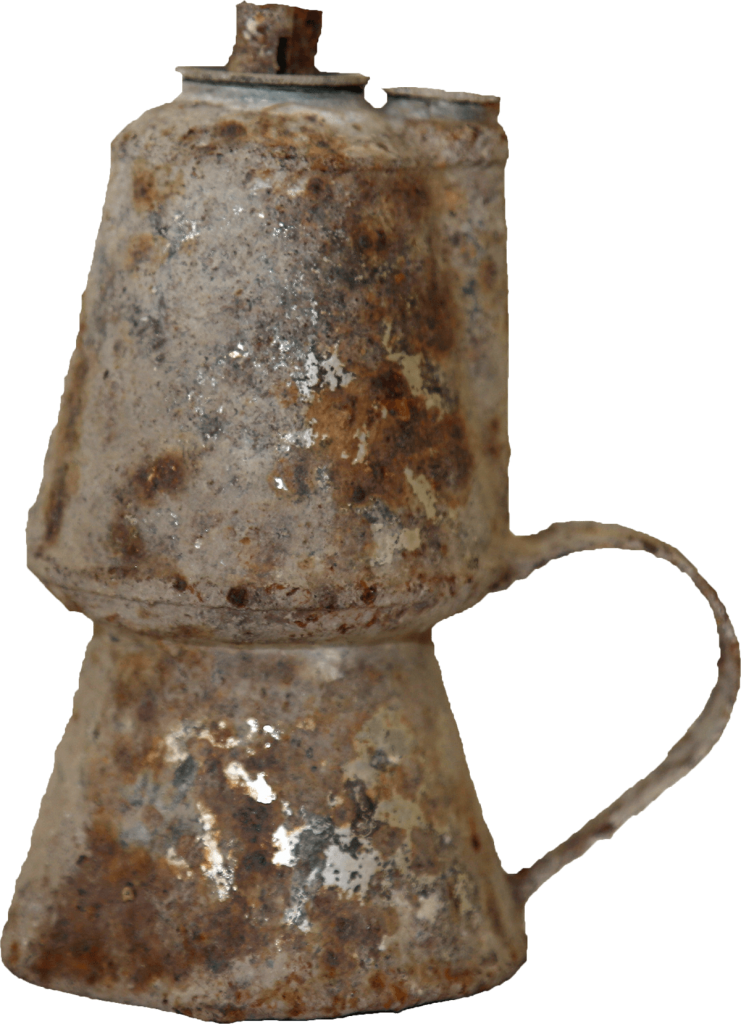
ca. 1812
Whale oil lamp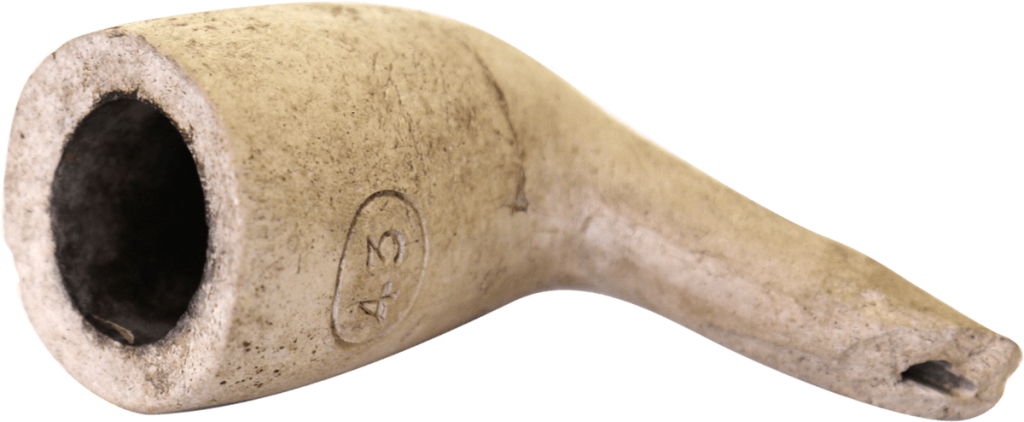
ca. 1850
“43” clay pipe
ca. 1850s
DM&Co. Padlock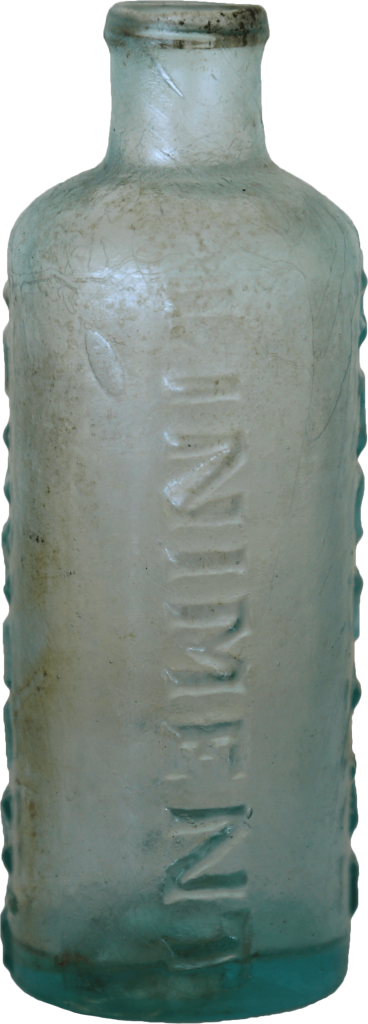
ca. 1840-1860s
Johnson’s American
Anodyne Liniment bottle,
hand blown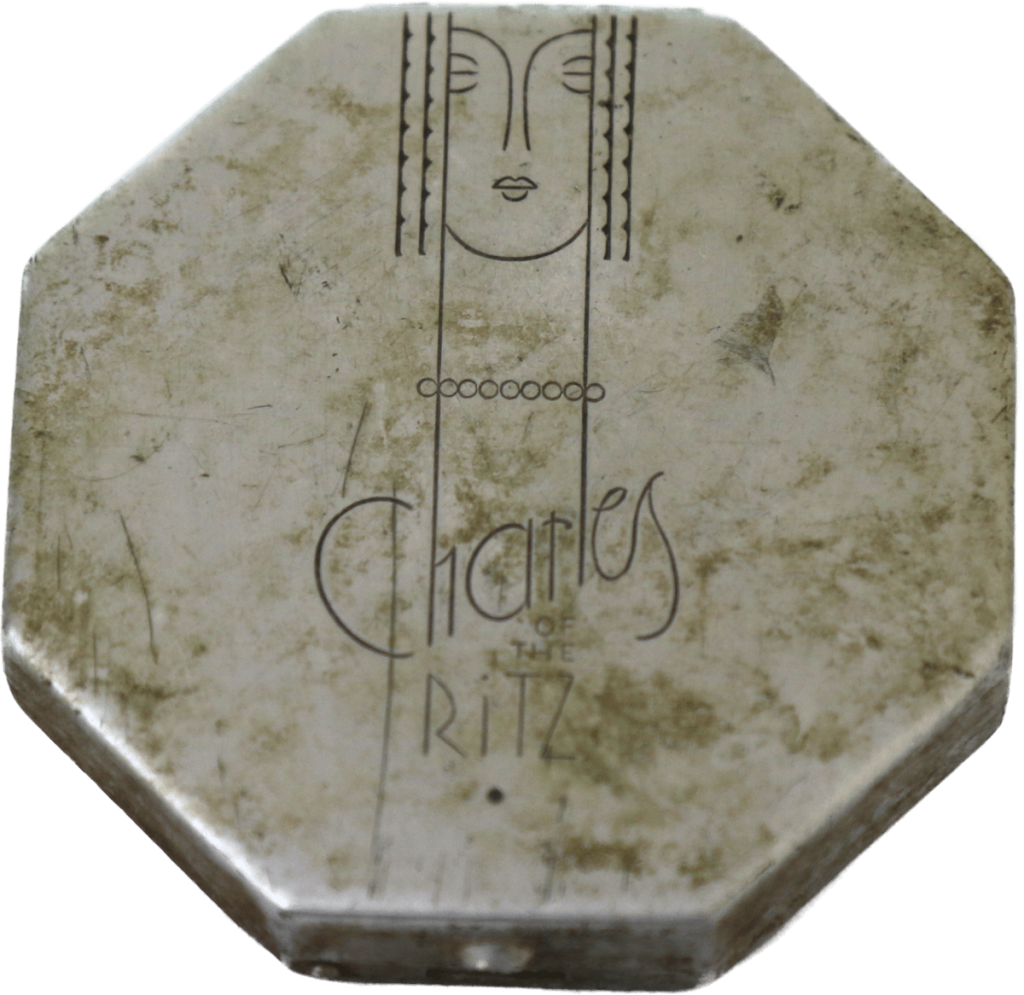
ca. 1920s
“Charles of the Ritz”
compact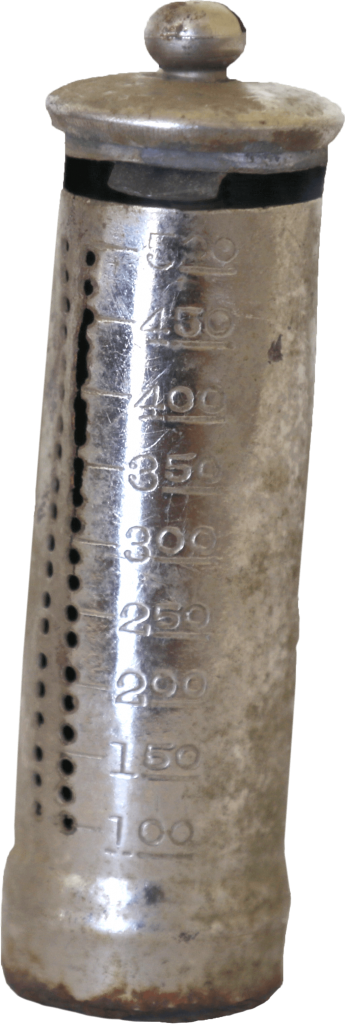
ca. 1940s
“Save-A-Dime”
personal bank
Artifacts pictured here (with exception of stone point graphic) are from Professor Steven Bridge’s “Unearthed: Storied Artifacts & Remarkable Predecessors of the Saint Joseph’s College Campus,” (Saint Joseph’s College Press, 2016). Available on Amazon, this historical account offers answers to “who lived here over time?”
